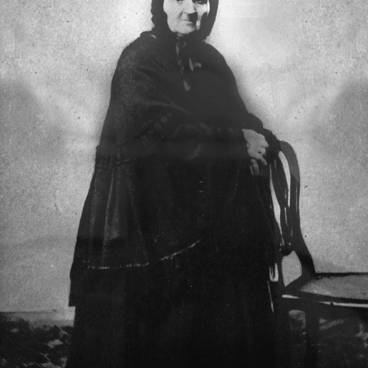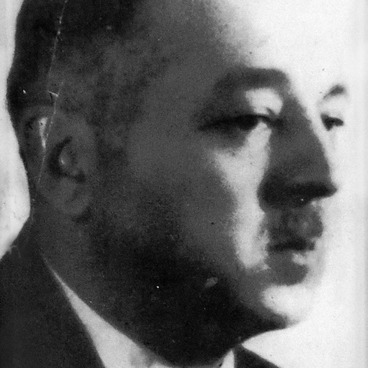The Aksakov family museum has a so-called ‘ladies’ corner’: a rectangular mahogany box with a retractable compartment displayed on a round elegant table. This is a box for needlework that belonged to Olga Semenovna Aksakova, the wife of the writer Sergey Timofeevich Aksakov. In it, she kept a variety of small items needed for sewing. There is a velvet cushion edged with a metal frame on the top cover especially for the needle. To ensure that none of the little things for needlework are completely lost, there is even a simple lock in the box, but the key to it was lost.
Wooden caskets have been known since the times of the Kievan Rus. The word “jewelry box” itself has common Slavic roots, it appeared and became widespread in Russian at the end of the 16th century. Jewelry, documents, letters, tea, money and any other items that have any obvious or hidden significance were stored in the boxes at different times. Moreover, the main value of the casket is not in itself, but in what secret it hides.
The Russian and Soviet ethnographer Vera Kharuzina reflected on this in particular. “And what poetry was a working box for young children of that time, for example, ” she wrote in her childhood memoirs dating back to the 1870s. Kharuzina emphasized that not even the objects in the box were of vital interest to her, but the fact that they could be “found or installed” in a special order.
Antique caskets made of wood, carved from ivory or marble have always been wreathed in secrecy. As a rule, such caskets were of great value in and of themselves. They could have various shapes: square, rectangular, round or oval. Caskets could also have several compartments and boxes of different capacities, which made them convenient to use. Before the widespread industrial production in the twentieth century, all caskets were made exclusively by hand and, as a rule, by private order. In those days, they were quite expensive and mostly only rich and noble people could afford them.
Wooden caskets have been known since the times of the Kievan Rus. The word “jewelry box” itself has common Slavic roots, it appeared and became widespread in Russian at the end of the 16th century. Jewelry, documents, letters, tea, money and any other items that have any obvious or hidden significance were stored in the boxes at different times. Moreover, the main value of the casket is not in itself, but in what secret it hides.
The Russian and Soviet ethnographer Vera Kharuzina reflected on this in particular. “And what poetry was a working box for young children of that time, for example, ” she wrote in her childhood memoirs dating back to the 1870s. Kharuzina emphasized that not even the objects in the box were of vital interest to her, but the fact that they could be “found or installed” in a special order.
Antique caskets made of wood, carved from ivory or marble have always been wreathed in secrecy. As a rule, such caskets were of great value in and of themselves. They could have various shapes: square, rectangular, round or oval. Caskets could also have several compartments and boxes of different capacities, which made them convenient to use. Before the widespread industrial production in the twentieth century, all caskets were made exclusively by hand and, as a rule, by private order. In those days, they were quite expensive and mostly only rich and noble people could afford them.

